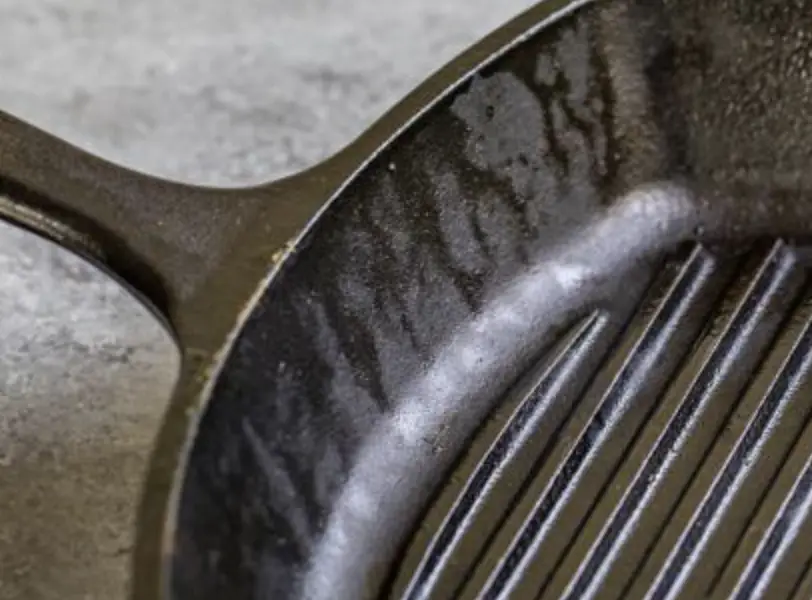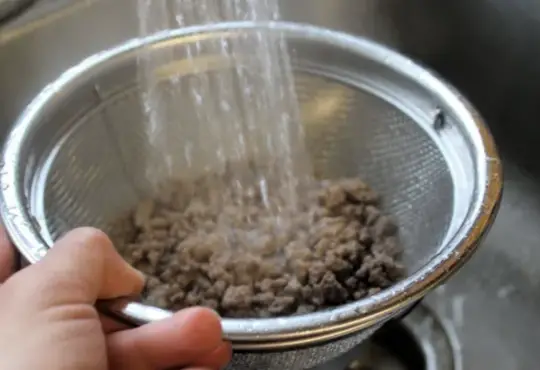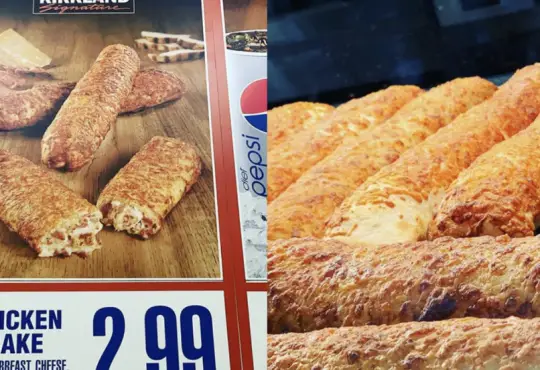
Demystifying the Mystery: Why is My Cast Iron Sticky After Seasoning?
Cast iron cookware has been cherished for generations due to its excellent heat retention, durability, and versatility in the kitchen. One of the essential aspects of maintaining cast iron is seasoning, a process that forms a natural non-stick coating on the surface. However, despite following the seasoning process diligently, you may find your cast iron sticky after seasoning. In this blog post, we’ll unravel the reasons behind this common issue and provide solutions to ensure your cast iron remains in top-notch condition.
- Insufficient Heat and Polymerization
One of the primary reasons for sticky cast iron after seasoning is not reaching a high enough temperature during the seasoning process. Polymerization is the chemical reaction that occurs during seasoning, where the oil molecules bond to create a protective layer on the cast iron surface. If the heat is not sufficient, the oil may not fully polymerize, leading to a sticky, tacky coating instead of a smooth, non-stick surface.
Solution: Ensure your oven or grill reaches the recommended seasoning temperature (usually between 400°F to 500°F) and maintain it for the required time (typically 1-2 hours). This will allow the oil to polymerize effectively and create a durable non-stick coating.
- Excessive Oil Application
Applying too much oil during the seasoning process can also result in a sticky cast iron. When there is an excess of oil, it can pool and form a thick, sticky layer rather than a thin, even coat that bonds to the metal.
Solution: Use a minimal amount of oil to season your cast iron. Apply a thin layer, making sure to coat every inch of the surface. Wipe off any excess oil before heating the cookware to avoid sticky spots.
- Wrong Oil Choice
The type of oil used for seasoning can significantly impact the final result. Some oils, such as vegetable oils or flaxseed oil, can become sticky and develop a tacky residue after seasoning.
Solution: Opt for oils with a high smoke point and high saturation, like grapeseed oil, canola oil, or even animal fats like lard or bacon grease. These oils form a stable polymerized layer that creates an excellent non-stick surface.
- Seasoning Buildup
Over time, multiple layers of seasoning can accumulate on your cast iron, leading to a sticky or gummy texture. While seasoning is essential, excessive buildup can interfere with the non-stick properties.
Solution: If your cast iron is sticky due to seasoning buildup, it’s time for a re-seasoning process. Start by scrubbing off the old layers using a scrub brush and hot soapy water. Once it’s clean, reapply a thin layer of oil and proceed with the seasoning process.
Conclusion
Understanding why your cast iron becomes sticky after seasoning is the key to rectifying the issue and enjoying the benefits of this timeless cookware. By ensuring the proper heat and polymerization, using the right oils, applying a thin and even layer, and managing seasoning buildup, you can maintain your cast iron’s non-stick surface and make it a treasured companion in your kitchen for generations to come. With the right care and attention, your sticky cast iron will transform into a smooth, well-seasoned surface that enhances your cooking experience and delivers delectable results.






